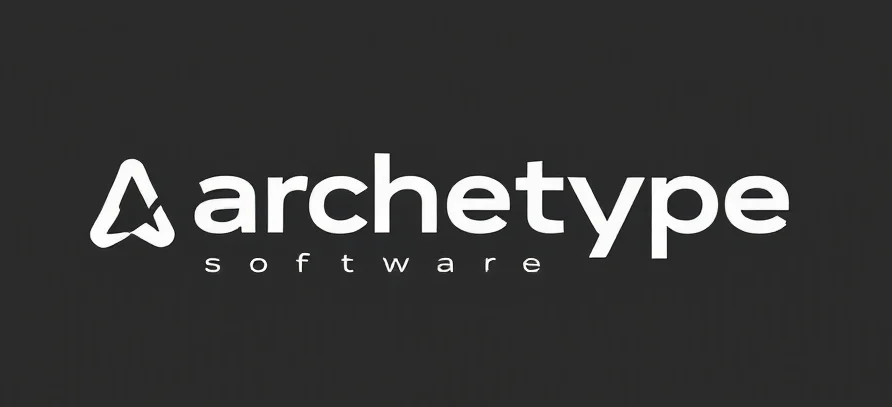Unmasking the Art of Villain Outfits: Crafting Memorable Dark Characters
Hey there, tech explorers and sci-fi fans! Today, we’re diving into a fascinating corner of costume design that blends storytelling with a splash of theatrical flair—villain outfits. Whether you’re gearing up for a cosplay convention, a themed party, or just want to understand what makes a villain truly unforgettable, understanding the elements behind villain costumes can unlock a new level of creativity. Want to see some inspiring ideas? Check out this great resource on villain outfits and start imagining the dark side of costume design.
The Power of a Good Villain Costume
Villains are the shadow to every hero’s light—they embody chaos, mystery, and often, a compelling backstory that hooks us in. Their costumes aren’t just about looking scary; they’re visual storytelling tools that reveal their personality, motives, and even their origin. Think about iconic villains like Darth Vader, Loki, or Maleficent. Each of these characters’ outfits instantly communicates their essence—power, cunning, or malevolence—without saying a word.
Storytelling Through Style
Great villain outfits are all about storytelling. They tell us where the villain comes from, what they value, and how they see themselves. For example, a villain dressed in sleek, dark armor might evoke a sense of militaristic discipline, while one donning tattered robes with mystical symbols hints at arcane powers and dark magic. It’s this visual language that makes the costume more than just fabric—it becomes part of the character’s narrative arc.
Breaking Down the Elements of Villain Costumes
Let’s explore some key elements that can turn a simple costume into an iconic villain look. Think of these as the building blocks of your villain’s visual identity.
Color Palette
Dark, muted tones like black, deep reds, purples, and metallic shades are common because they evoke mystery, danger, and authority. Bright colors are generally avoided, but a splash of color—like a glowing green or sinister yellow—can add a striking contrast that highlights specific features or powers.
Texture and Materials
Textures matter. Smooth, sleek materials suggest precision and control, while rough, distressed fabrics can imply chaos or a more savage nature. Metallic elements add a sense of power and technology, perfect for villainous cyborgs or armored warlords.
Accessories and Details
Details like masks, horns, gloves, and weapons help define the villain’s persona. A mask can hide their identity and add an air of mystery, while horns or spikes can make them seem more intimidating. Small details—like glowing eyes or embedded gemstones—can hint at supernatural or technological abilities.
Stories Behind the Looks: Archetype Inspirations
Many villain outfits draw inspiration from archetypes—classic character types that resonate deeply with audiences. Here are a few common ones:
The Dark Sorcerer
This archetype often features flowing robes, mystical symbols, and an aura of ancient power. Think of Gandalf turned to the dark side—robes adorned with arcane symbols, a staff or scepter, and a hood that shadows their face. Their costume screams ‘master of dark magic’.
The Techno-Marauder
Futuristic, cyberpunk-inspired villains sport sleek armor, LED accents, and high-tech gadgets. Their outfits reflect cutting-edge technology combined with a rebellious edge—perfect for stories set in dystopian futures or space-faring worlds.
The Beastly Bruiser
More primal and intimidating, these villains often wear fur, leather, or rugged textiles, emphasizing brute strength and savagery. Masked or with wild hair, they look like predators—a physical threat as much as a psychological one.
Creating Your Own Villain Look
Thinking about designing your own villain? Remember, it’s all about storytelling. Start with the character’s backstory—are they a fallen hero, a corrupted scientist, or an otherworldly being? Then, choose colors, textures, and accessories that reflect their personality and motives. The goal is to craft an outfit that tells a story as compelling as the character’s dialogue.
And if you want some visual inspiration, I highly recommend checking out the detailed breakdown of villain outfits—it’s a treasure trove of ideas from sleek to grotesque, magical to technological.
Final Thoughts: The Art of the Villain Costume
Villain outfits are more than just costumes—they’re visual narratives that deepen storytelling and captivate audiences. Whether you’re creating a cosplay, a theatrical piece, or just exploring character design, remember that the power lies in the details, the symbolism, and the story you want to tell through clothing. Embrace the darkness, and let your imagination run wild—your villain’s look might just become legendary.
Checkout ProductScope AI’s Studio (and get 200 free studio credits)
